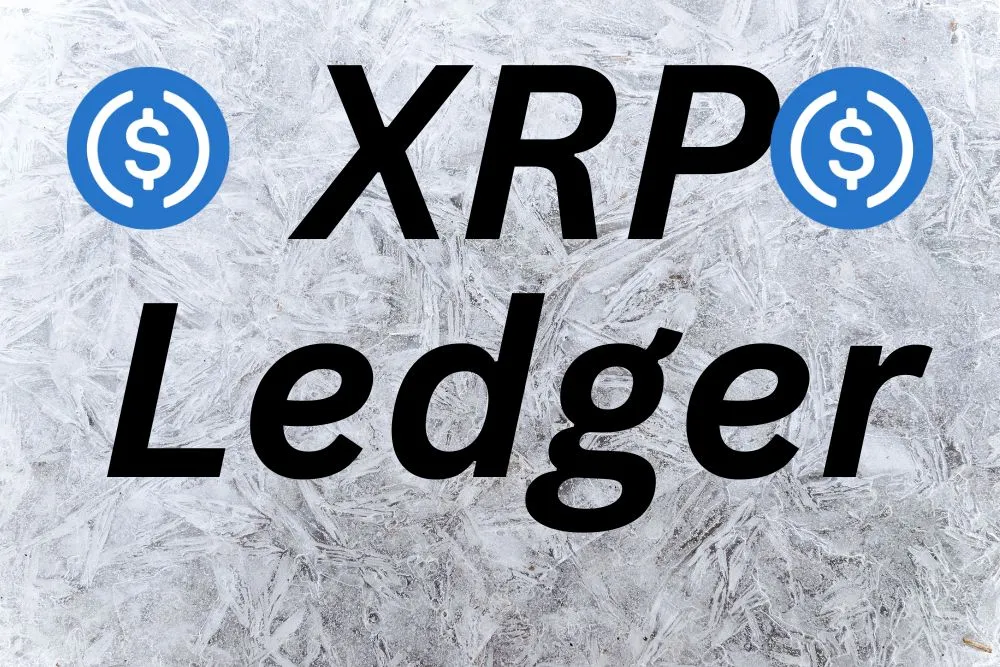
Four Reasons Why XRP Ledger Solution Using RLUSD Is Superior to USDC
In a recent post, crypto researcher SMQKE has sought to clarify a prevailing misconception in the digital asset community regarding the differences between stablecoins such as USDC and native blockchain assets like XRP. In addressing claims made by a public figure that misrepresented the technical and institutional advantages of Ripple’s RLUSD over Circle’s USDC, SMQKE presented four detailed comparisons highlighting RLUSD’s integrated blockchain solution.
The comparisons underscored how the XRP Ledger (XRPL) offers a more comprehensive cross-border payment infrastructure compared to USDC. It is essential for institutions and investors alike to understand the technical, cost, and institutional strengths of XRPL and RLUSD as they navigate the rapidly evolving cryptocurrency landscape.
These points serve as a reality check on misleading information that has led some retail investors to overlook the advantages offered by Ripple’s end-to-end solution. The researcher believes that these materials should put an end to the confusion surrounding the comparison between the two stablecoins, emphasizing the significance of having a unified and decentralized blockchain-based infrastructure.
The first point highlights RLUSD’s vertically integrated design, which allows Ripple to both issue the token and operate its underlying ledger. In contrast, USDC is available on multiple chains but operates outside of its own controlled infrastructure. By providing this end-to-end solution, RLUSD offers greater flexibility and more efficient transactions compared to USDC.
Regarding transaction efficiency, SMQKE references a comparative study demonstrating XRPL’s rapid processing speeds at mere fractions of a cent, while USDC relies on Ethereum, which is notorious for its slow and variable fees. XRP’s intrinsic tokenomics, as well as built-in interoperability features, further enhance its position within the institutional financial infrastructure.
In contrast to RLUSD, SMQKE points out that USDC’s structural weaknesses place it in a precarious situation regarding market volatility buffers. In conclusion, these four key indicators serve as evidence supporting Ripple’s superior solution using RLUSD over USDC, underscoring the imperative of having a unified blockchain-based infrastructure for reliable and secure transactions.
As institutional investors navigate the ever-evolving cryptocurrency landscape, it is essential to comprehend the technical, cost, and institutional strengths of XRPL and RLUSD.
Source: timestabloid.com


